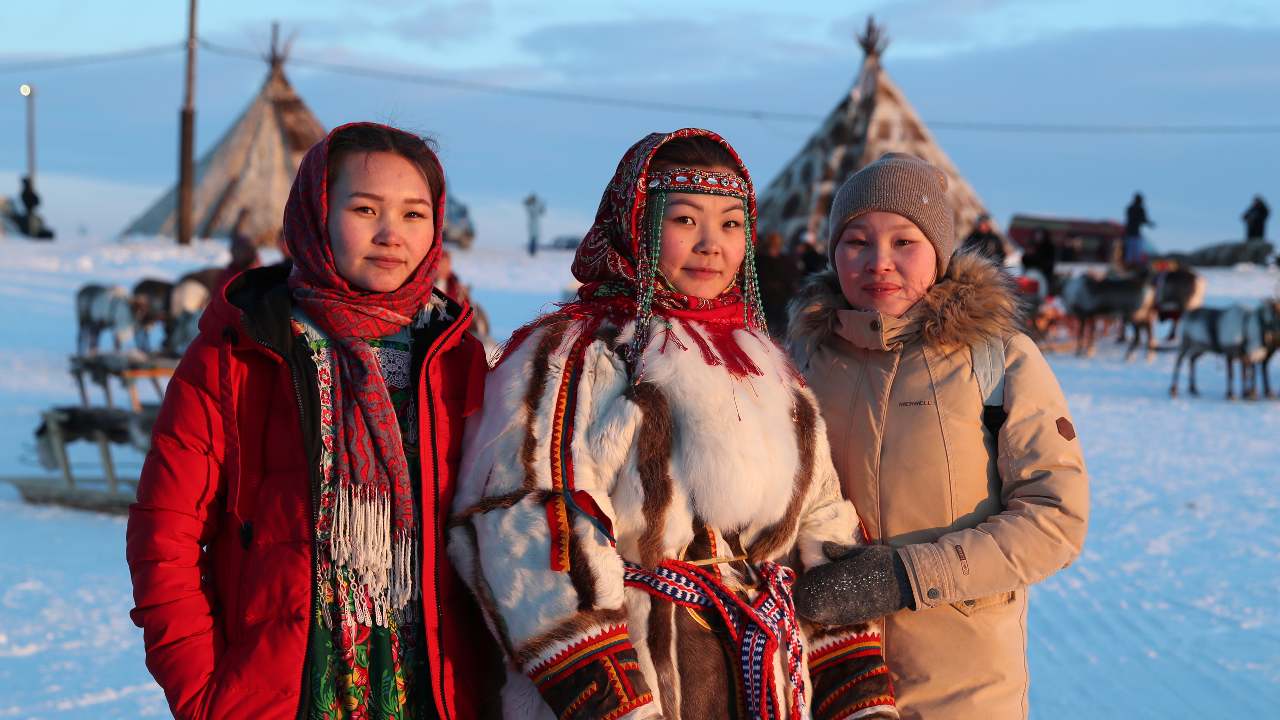Who are kirat?
The Kirati people are an ethnic group primarily found in the eastern Himalayas, particularly in Nepal, India, and Bhutan. They are traditionally associated with the Kirat Kingdom, which is one of the ancient kingdoms in the region, believed to have existed around the 6th century BC.
The Kirati people have a rich cultural heritage, with distinct languages, rituals, and traditions. They often practice agriculture and are known for their close relationship with the natural environment. The Kirati community includes several sub-groups, such as the Limbu, Rai, and Sunwar, who have their own unique customs and languages.
In terms of religion, many Kirati people follow animistic beliefs, worshipping the spirits of nature, and they also incorporate elements of Hinduism and Buddhism into their spiritual practices. The Kirati have a longstanding history that contributes to the cultural diversity of the regions they inhabit.
The Kirati people are an ethnic group primarily found in the eastern Himalayas, specifically in the regions of Nepal, India, Bhutan, and parts of Myanmar and Tibet. The term "Kirati" traditionally refers to a group of indigenous peoples who speak Tibeto-Burman languages and are part of a larger cultural and historical group.
Key points about the Kirati people:
1. Historical Background: The Kirati are believed to be one of the earliest inhabitants of the Himalayan region. According to ancient texts, including the Mahabharata and Purāṇas, the Kirati people had a prominent role in the history of Nepal and the broader Himalayan region. They are often mentioned as rulers of ancient Nepal before the arrival of Indo-Aryan dynasties.
2. Language: The Kirati people speak languages belonging to the Tibeto-Burman family, such as the Kiranti languages. These languages are mainly spoken in the eastern regions of Nepal, including parts of the provinces of Province 1 and Province 2.
3. Culture and Religion: Kirati people have a rich cultural heritage, which includes unique customs, festivals, and religious practices. They follow a form of animism, with beliefs centered around nature and spirits, although many Kirati people also practice Hinduism, especially in Nepal, where the majority are Hindus.
4. Sub-groups: The Kirati people are composed of several sub-groups, including the Limbu, Rai, and Sunuwar. These groups share common cultural and linguistic ties but also have distinct identities and traditions.
5. Geographical Distribution: The Kirati people are mostly found in the eastern part of Nepal, particularly in the hilly and mountainous regions. They are also present in parts of Sikkim, Darjeeling, and other areas of India, as well as in Bhutan.
6. Social Structure: Traditionally, Kirati society was organized in a clan-based system, with a strong focus on agriculture, animal husbandry, and trade. The social structure is often based on kinship ties and community responsibilities.
In modern times, the Kirati people continue to preserve their cultural heritage while also adapting to the influences of neighboring cultures and the changing political landscape in countries like Nepal and India.







No comments: